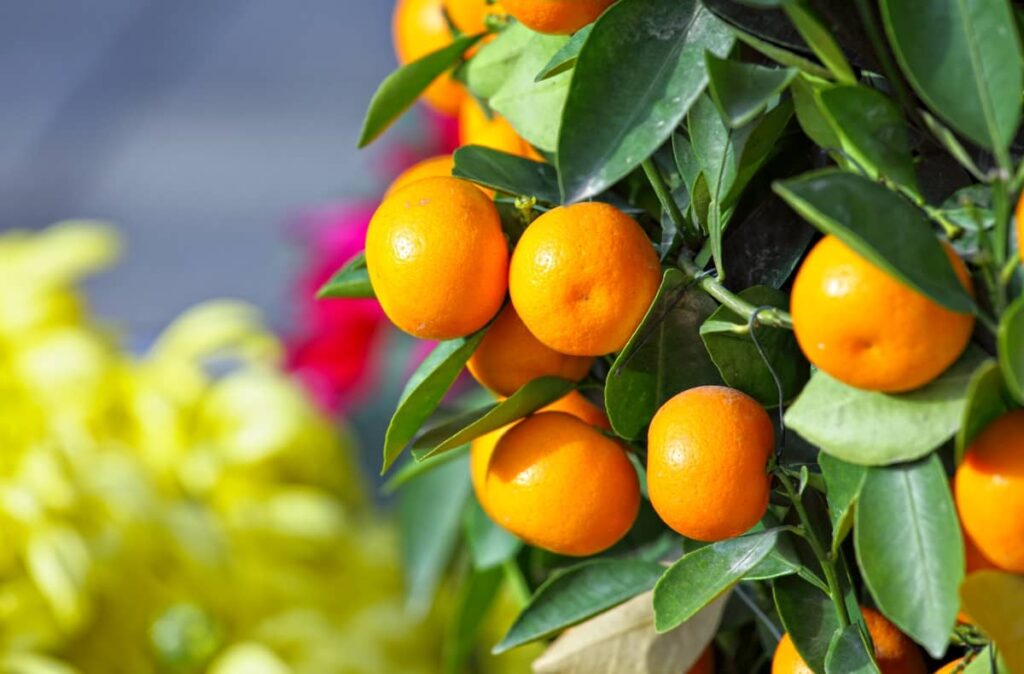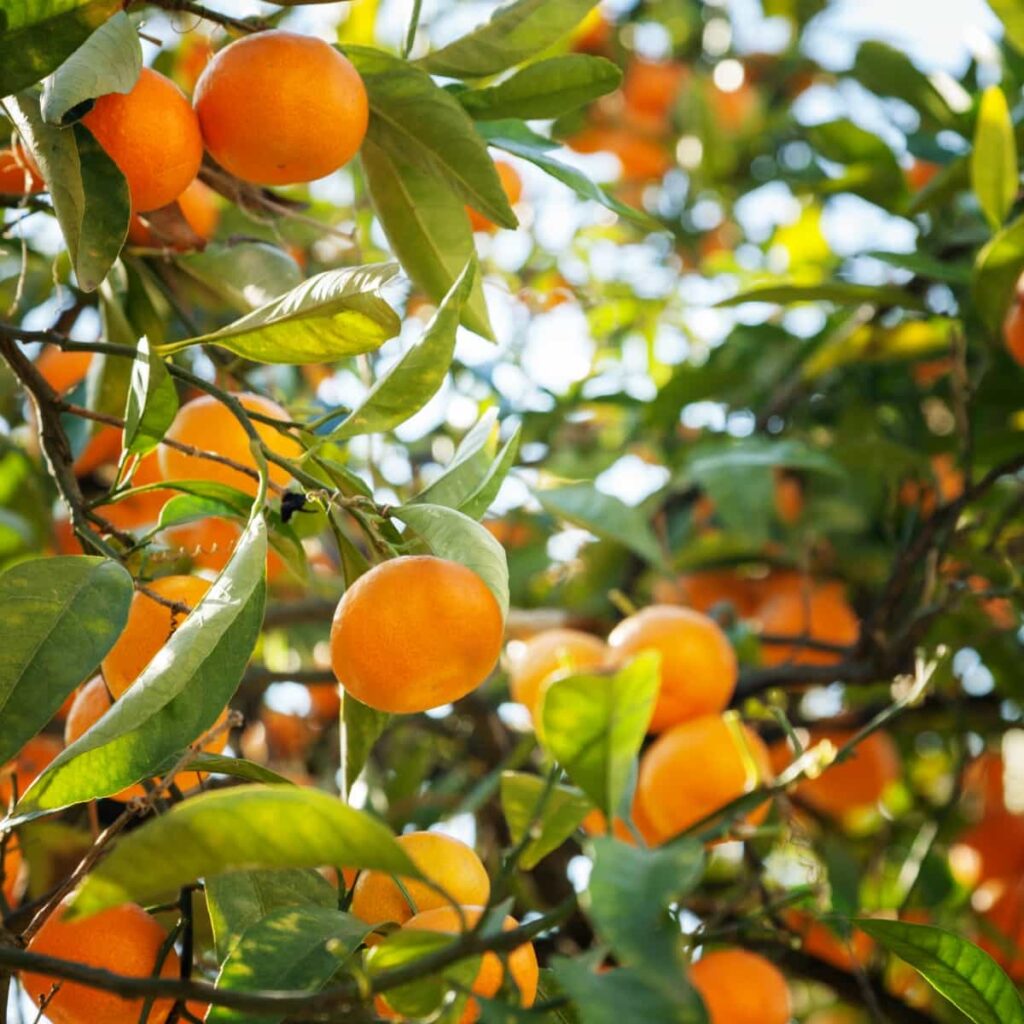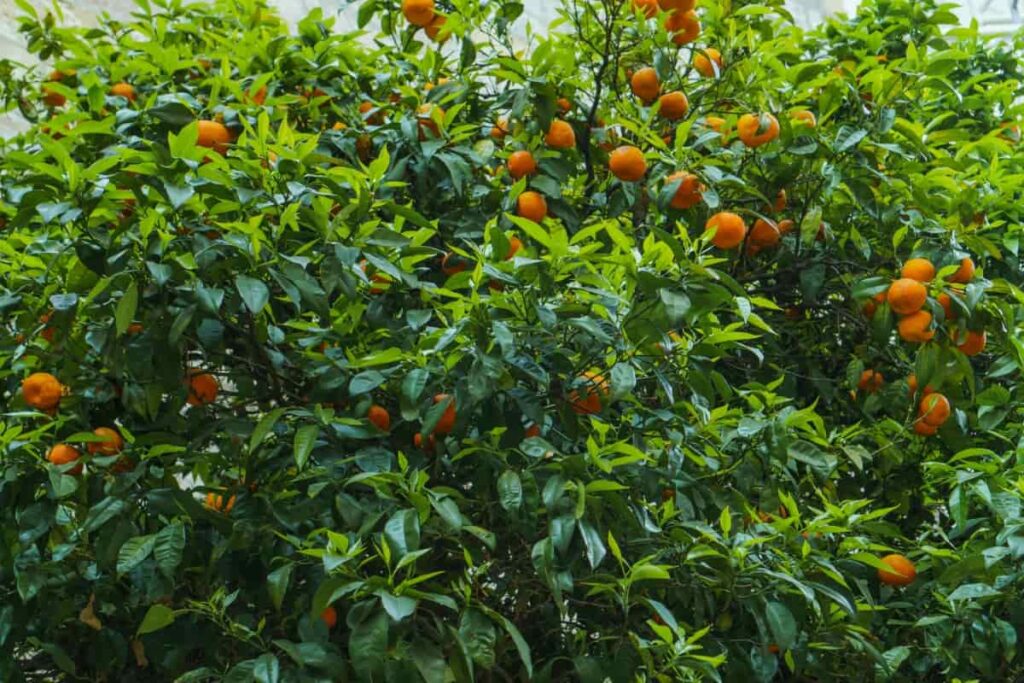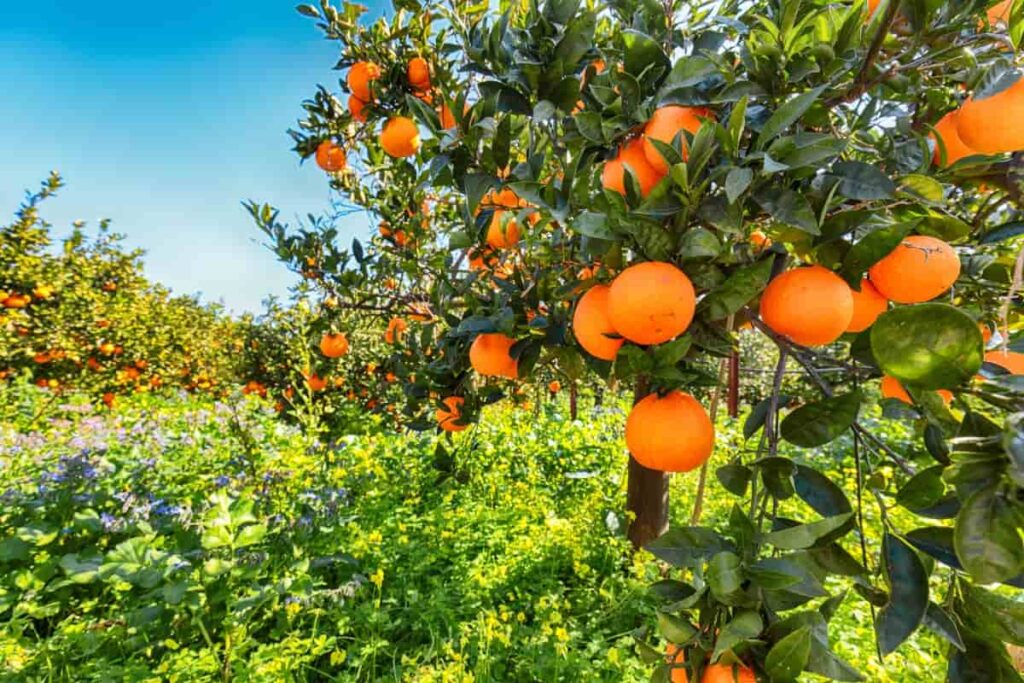The Iyokan (Citrus × iyo), also known as anadomikan, is a fascinating Japanese citrus fruit. Its appearance is reminiscent of a mandarin orange, but its taste sets it apart. Growing Iyokan has a multitude of benefits that make it an excellent choice for citrus enthusiasts. There’s something incredibly satisfying about plucking ripe fruits straight from your tree and enjoying them at their peak flavor.

All You Need to Know About Iyokan Oranges
Growing Iyokan Profile
| Attribute | Description |
| Scientific Name | Citrus x iyo |
| Origin | Japan |
| Type | Citrus fruit |
| Appearance | Similar to Mandarin orange |
| Taste | More acidic and bitter than that of orange but sweeter than that of grapefruit |
| Lifespan of Tree | 40 to 50 years |
| Storage | Keep in a dry place away from light |
Choosing the Right Variety
Choosing the right variety of Iyokan is crucial for a successful harvest. With so many options available, it’s important to consider factors such as taste preference, climate suitability, and tree size. When selecting a variety, consider whether you prefer sweeter or more tart fruits. Some popular choices include Kishu-Iyokan, which has a sweet flavor with hints of tanginess, and Mikan-Iyo, known for its aromatic fragrance and balanced sweetness.
Tree size is also an important consideration. Depending on the space you have available in your garden or orchard, you may opt for a smaller dwarf variety like Unshu-Iyokan or go for larger trees like Nagasaki-Iyo if space allows.
Planting Your Tree
- Timing: Ideally, it would help if you planted Iyokan in the spring after the last frost has passed. This will give your Iyokan tree a chance to establish its roots before the summer sets in.
- Location: When choosing a location for your Iyokan tree, keep in mind that trees thrive in full sun. Find a place in your garden where the tree will receive 6-8 hours of sunlight each day. Also, make sure there is enough space for the Iyokan tree to grow and spread its branches without any obstructions.
- Soil: The soil you choose for planting should be well-draining and rich in organic matter. Sandy loam soils are ideal for Iyokan trees as they allow proper water drainage while retaining enough moisture for healthy growth.
Propagation
One common method of propagating Iyokan is through seeds. Start by collecting fresh seeds from ripe fruits and removing any pulp or debris. Plant the Iyokan seeds in a well-draining potting mix and keep the seeds warm and moist until they germinate. Be patient, as it may take several weeks for the seedlings to emerge. Another method is grafting, which involves joining a cutting of an Iyokan variety onto a rootstock.
In case you missed it: Orange Cultivation Information Guide

This technique allows you to produce trees that are true replicas of their parent plants. Grafting requires some skill and experience, so if you’re new to gardening, it might be best to seek guidance from a knowledgeable source. Air layering is another method for propagating Iyokan trees. This technique involves encouraging roots to form on a branch while attached to the parent tree before severing it and planting it separately.
Watering and Mulching
When it comes to watering your Iyokan tree, consistency is key. It’s important to water deeply but infrequently, allowing the soil to dry out between waterings. This encourages the tree roots to grow deeper in search of water, resulting in a healthier and more resilient tree. Mulching around the base of the tree has several benefits. It helps to retain moisture, reducing the need for frequent watering. Also, mulch acts as a barrier against weeds that could compete with the Iyokan tree for nutrients. Then, apply an organic mulch layer such as wood chips or straw, making sure not to pile it up against the trunk as this can affect rotting.
Fertilizing
Fertilizing your Iyokan tree is an essential step in promoting healthy fruit growth. By providing the essential nutrients, you can ensure that your tree thrives and produces delicious fruits for years to come. Organic fertilizers, like well-rotted manure, are great choices as they enrich the soil with natural nutrients. Alternatively, you can choose synthetic fertilizers specifically formulated for citrus trees.
Timing is important when it comes to fertilizing your Iyokan tree. It’s best to apply fertilizer in early spring before new growth begins. This allows the Iyokan tree to absorb the nutrients and utilize them effectively. Regular fertilization will help keep your Iyokan tree healthy and productive. Monitor its growth throughout the season and adjust your fertilization schedule accordingly if needed.
Pruning and Training
When it comes to pruning Iyokan trees, timing is crucial. It’s best to prune the Iyokan tree in late winter or early spring. Start by removing any diseased, or crossing branches. This will help prevent diseases and ensure proper air circulation within the tree canopy. Next, thin out crowded branches to allow sunlight to reach all parts of the tree. Aim for an open center structure that allows for good airflow and easy access when harvesting fruits.
In terms of training your Iyokan tree, consider using a support system like stakes or trellises when young to encourage upright growth. As the tree matures, continue shaping it by selectively pruning branches that are growing too vertically or horizontally. Remember always to use clean and sharp tools when pruning to minimize damage and infection.
Pest and Disease Management
One common pest that affects Iyokan trees is the aphid. These insects suck the sap from the tree leaves, causing them to curl and distort. To control aphids, you can spray your tree with a water and neem oil mixture or insecticidal soap. Another pest to watch out for is the citrus leafminer. Infested leaves may have silvery trails or blister-like mines. Pruning affected branches can help reduce their population.
In case you missed it: Optimizing Sweet Orange Orchard Management: A Month-By-Month Operation Guide for Maximum Yield

Citrus trees are also susceptible to diseases like root rot caused by overly wet soil conditions or fungal infections such as powdery mildew and citrus scab. Proper watering practices, maintaining good air circulation around the tree, and applying fungicides when necessary can help prevent these issues.
When and How to Harvest
When it comes to harvesting Iyokan, timing is crucial. You want to make sure that the fruit has reached its maximum sweetness and flavor before picking it from the tree. The best way to determine if an Iyokan is ready for harvest is by inspecting its color. A ripe Iyokan will have a bright orange hue, similar to that of a mandarin orange.
To harvest the fruit, gently twist it off the branch or use pruning shears to cut through the stem. Be careful not to damage the fruit or any surrounding branches in the process. It’s important to handle each Iyokan with care as they can bruise easily. Once you’ve harvested your Iyokan, store them in a cool place away from direct sunlight. They can be kept at room temperature level for up to a week or refrigerated for a longer shelf life.
Yield
Depending on various factors such as tree age, health, and environmental conditions, an established Iyokan tree can produce anywhere from 300 to 500 fruits in a single season. The yield of an Iyokan tree can change based on several factors, like soil quality, climate conditions, and proper care and maintenance. A healthy and well-cared-for tree has the potential to produce a significant amount of fruit.
In case you missed it: Tangerine vs. Orange: Know the Key Differences

Conclusion
Growing Iyokan holds great importance for citrus enthusiasts and gardeners alike. This unique Japanese citrus fruit offers several benefits, making it an excellent addition to any home garden or orchard. Cultivating Iyokan also promotes biodiversity in our gardens.
- Crops Grown in Summer Season: Best Choices for Summer Gardening
- Organic Pest Control for Tomato Farming
- How to Maximize Sheep Farming Profit
- Broccoli Varieties: Choosing the Right Cultivars for Your Farm
- How to Raise Pigs in Your Own Backyard: A Comprehensive Guide
- Budget Friendly Sheep Shed Ideas: Cheap and Low-Cost Tips
- How Much Do Cattle Farmers Make: Revenue Streams in Cattle Farming
- Management Pests and Diseases in Your Cotton Field
- Sheep Farming Business Plan for Beginners
